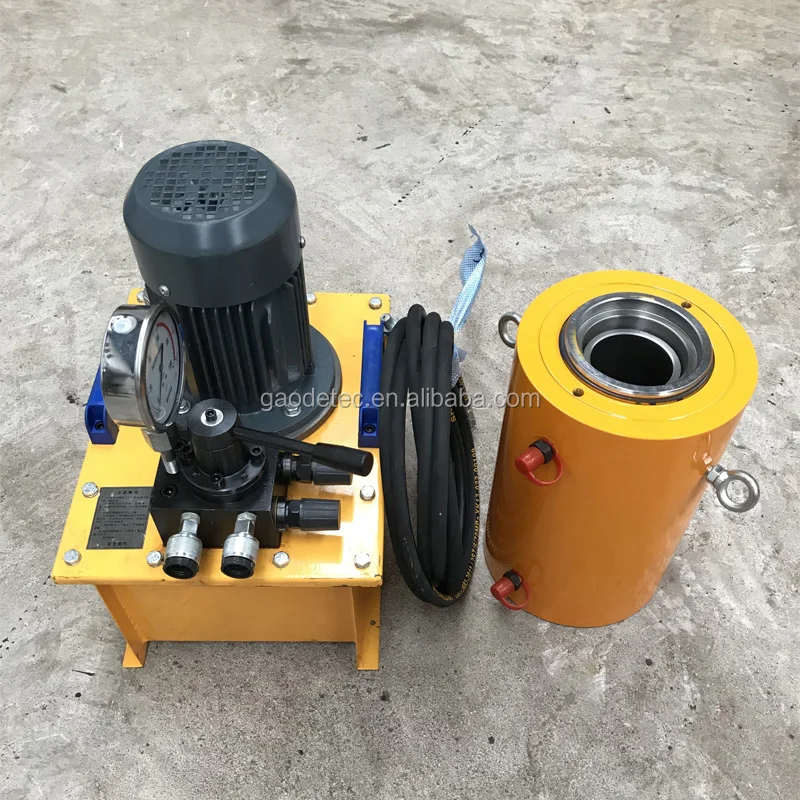
12, the wedge produces slightly higher maximum lift.
#Ratio of ram pressure thermal pressure generator#
Compared to the wing-type vortex generator with wedge, as seen in Fig. The drag with this vortex generator at C L > 1♱ is less than that of the plain airfoil, but at its cruising incidence C D with the vortex generator is slightly greater by about 0♰02. The wedges extend the linear part of the lift curve and raise the stalling incidence, say from 14° to 20°, increasing the maximum lift from 1♳3 to 1♸9. The wedge is useful for turbulent mixing, boundary layer attenuation between wedges, and discharge of the rest of boundary layer into the general flow. The effect of vortex generators and boundary layer wedges on the lift and drag of an NACA 63 3–018 airfoil Velocity profiles described in ( 7) were used for the calculation of the flow field.įIG. The fast fading of viscous forces while moving away from a wall enables to divide the area of the turbulent flow into two areas: 1) area of the mixed friction, where impact of viscosity and turbulence should be taken into account 2) turbulent area where impact of viscosity is negligible. Under the accepted model, a boundary layer conventionally may be divided into two areas: 1) area of the laminar flow near-by walls, the so called viscous sublayer 2) area of turbulent flow, where both molecular and molar friction forces are exhibited. First of all, time-averaged boundary layer parameters were considered, and the pulse effect was taken into account by putting additional stresses into operation. The simplified model of the boundary layer was accepted for the mathematical description of the flow behavior. Outer boundary of the boundary layer, separating pulsation area from the flow core changes constantly. Near-by a wall they dramatically subside, flow becomes ordered and tends to laminar flow.

There are velocity pulsations in the whole boundary layer. The real flow pattern in a boundary layer has a very complicated character not explored far enough. 2.2 Calculation of the flow fields and parameters of the boundary layer Sfc = fuel consumption per unit time/ power produced by the engine Equivalence ratioĮquivalence ratio can be defined as the ratio of actual fuel-air ratio to the stoichiometric fuel-air ratio.(12) ζ = p 3 * − p 4 * p 3 * − p 3. Specific fuel consumption (sfc) can be defined are the fuel consumption per unit time per unit power produced by the engine. Specific power output is defined as the power output per unit piston area. N = rotation speed of crankshaft in rpm Specific power output Mean piston speed is the product of twice of length of stroke and rotation speed of crankshaft.

Mean effective pressure = area of indicator diagram / length of indicator diagram Mean piston speed Mean effective pressure can be defined as the ratio of area of indicator diagram to length of indicator diagram. Η rel= actual thermal efficiency / air- standard thermal efficiency Mean effective pressure (mep) Relative efficiency or efficiency ratio can be defined as the ratio of actual thermal efficiency to air- standard thermal efficiency.

Η v = actual volume of air-fuel mixture sucked by the engine/ actual volume of cylinder Relative efficiency or efficiency ratio (η rel) Volumetric efficiency can be defined as the ratio actual volume of air-fuel mixture sucked by the engine to the actual volume of cylinder. Indicated power is defined as the sum of friction power and brake power Volumetric efficiency (η v) Mechanical efficiency can be defined as the ratio of brake power to indicated power Η bth= bp (KJ/s)/ energy in fuel per second (KJ/s) Mechanical efficiency (η m) Indicated power is defined as the sum of friction power and brake power Brake thermal efficiency (η bth)īrake thermal efficiency can be defined as the ratio of brake power (bp) to input fuel energy in appropriate units. Η ith= ip (KJ/s)/ energy in fuel per second (KJ/s) Indicated thermal efficiency is the ratio of indicated power (ip) and energy in fuel per second. let us discuss each of these parameters one by one. These parameters include several efficiencies, ratios of different values etc. There are several parameters which are used to determine the performance of an engine which are generally known as Engine Performance Parameters. Relative efficiency or efficiency ratio (η rel).


 0 kommentar(er)
0 kommentar(er)
